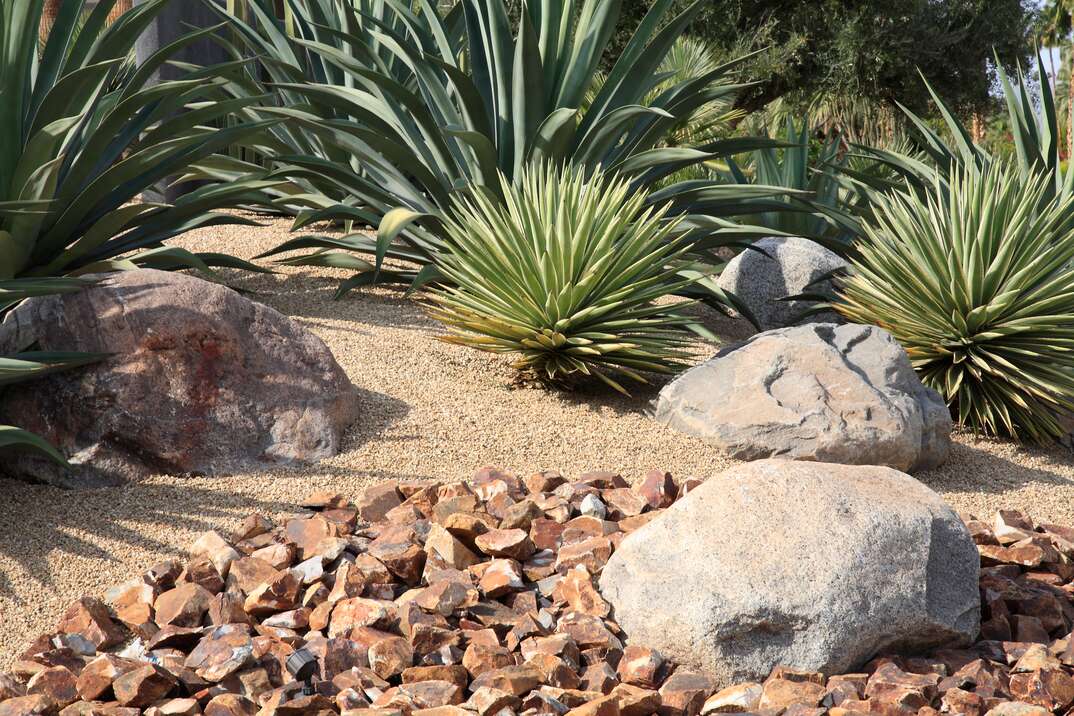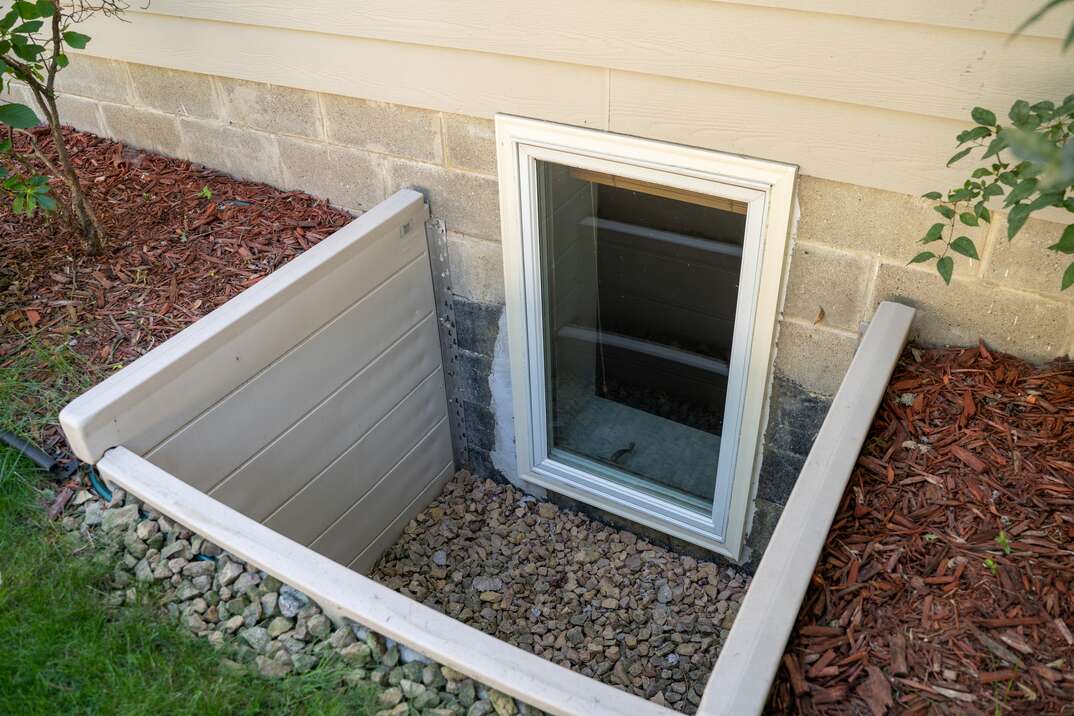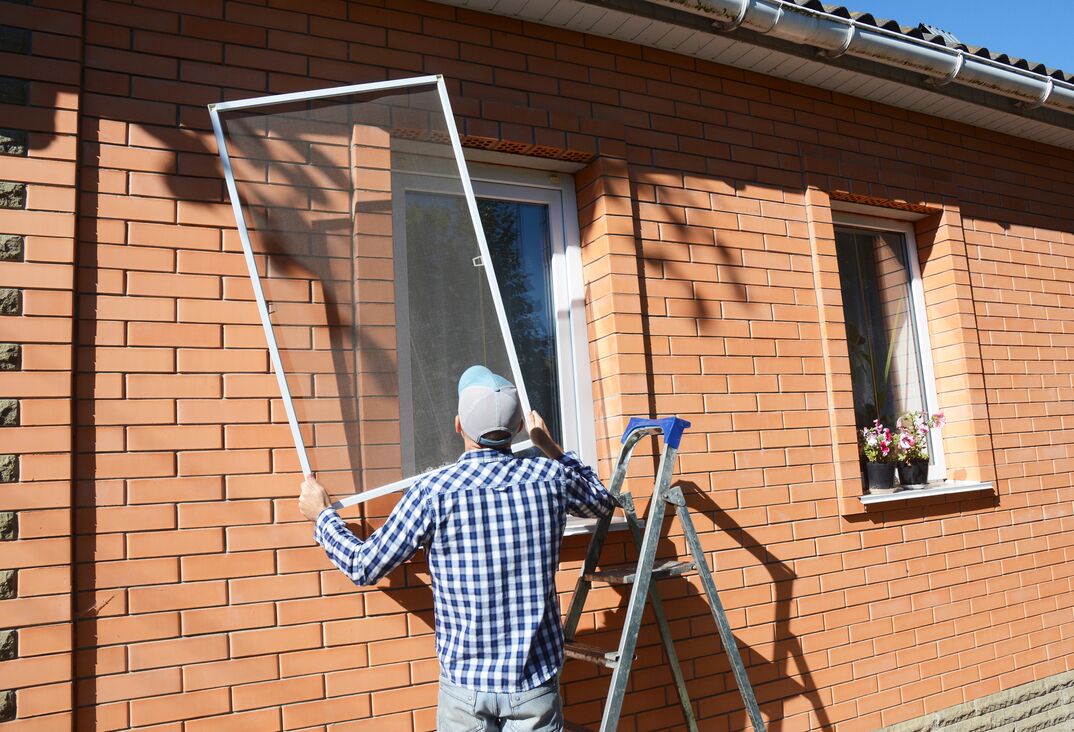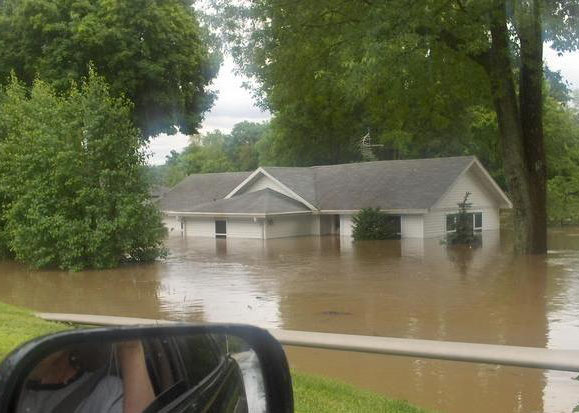What Is Xeriscape Landscaping?

Xeriscaping is a landscaping practice in which you replace existing plants with native varieties that don’t require a lot of water. The aim is to create a sustainable landscape that requires little irrigation. It helps reduce the need to bring in water to areas affected by drought.
This May Also Interest You: Backyard Composting 101
A lot of people mistakenly believe that a landscape that implements this process looks plain and barren. However, this couldn’t be further from the truth. With native plants, you can create an area with plants that look just as green and aesthetically pleasing as those in any other garden or yard.
Robert Kramer, owner of Pacific Dreamscapes, mentions that while there isn’t an official figure of how much water xeriscaping can save, it’s not an exaggeration to say that it can reduce water needs by 50% to 70%.
How Much Does It Cost to Xeriscape a Yard?
According to Kramer, the average cost of a yard xeriscaping project is anywhere between $7,500 and $15,000. This, of course, can vary depending on the total size of the yard and the type of plants you plan to use.
Even if it has a high initial cost, consider that you save quite a lot of money on water bills. Plus, a xeriscaped yard requires significantly less maintenance than a standard yard, saving you time and money. In some places, there are also government incentive programs for doing this project.
7 Principles of Xeriscaping
There are seven principles of xeriscaping that can help you plan the process and ensure you’re doing things correctly.
1. Plan & Design Appropriately
The first step — and one of the most important — is the planning and design process. This involves analyzing the area, mapping out the landscape to figure out where the shade or sun exposure is and forming a concrete plan for implementing the process.
2. Improve the Soil
The second principle of xeriscaping involves analyzing and improving the soil. Kramer adds that the type of soil in your yard affects the plants you can choose from. You should have the soil tested for nutrients and pH balance to determine whether it's acidic or alkaline. The soil can then be amended to improve water percolation. You can also add compost to help it retain nutrients.
3. Choose the Right Plants
Once you have the soil and have planned out the area correctly, you need to choose plants that have low water needs. There are plenty of plants that may be local to you that work just fine; you don’t necessarily need exotic or desert plants.
You also need to consider how you will group the plants and where you’ll place them in the area. Some plants might require more sunlight than others, which will affect where you put them. The elevation also plays a critical role since it determines how much water each plant gets. Put plants that need more water in a lower elevation and plants that don’t require as much in a higher elevation.
More Related Articles:
- Basic Lawn Care and Maintenance Tips
- Mow Money: Here’s How Much Lawn Care Services Cost
- How Much Does a Sprinkler System Cost?
- A Grassroots Effort: How to Lay Sod in 4 Steps
- How Much Does It Cost to Build a Greenhouse?
4. Use Practical Turf Plants
Xeriscaping doesn’t make a landscape barren. You can still have turf, but you just want to make sure you use an adequate amount. It’s about striking a balance. You don’t need to get rid of all of the grass, but you also don’t want too much.
Some types of turf function much better than others. For example, clover is quite tolerant to droughts, remains green, improves the soil and rarely needs any fertilizer.
5. Water Wisely
Even though the whole process of xeriscaping involves reducing the amount of water a landscape needs, all plants still need a little bit of water. Ideally, you should research exactly how much water each plant needs so you don’t overdo or underdo it. You can also tell when a plant needs water by looking at the leaves and observing the color. If they look like they’re turning yellow or brown, they’re in immediate need of water.
When you water the plants, make sure to do it as close as possible to the ground. The goal is to water deep so that it gets to the roots of the plants and helps them conserve water for periods of drought.
6. Mulching
Mulch prevents the water from evaporating, reduces weeds and boosts visual appearance. There are two types of mulch you can use: organic material and rock material. Organic materials like bark mulch will decompose and improve the quality of the soil by providing nutrients to it. However, this means you need to routinely replace it. Rock material — also called inorganic material — doesn’t decompose, so it doesn’t need to be replaced. Inorganic material like gravel allows water to flow through it, providing decent drainage.
7. Perform Proper Maintenance
Even though xeriscaped yards require little maintenance, you can’t completely ignore them. You will want to do some routine maintenance to keep everything in a decent condition. This involves tasks like removing weeds to prevent them from stealing the moisture, cutting the grass (but not too short!) and adding a little fertilizer.


